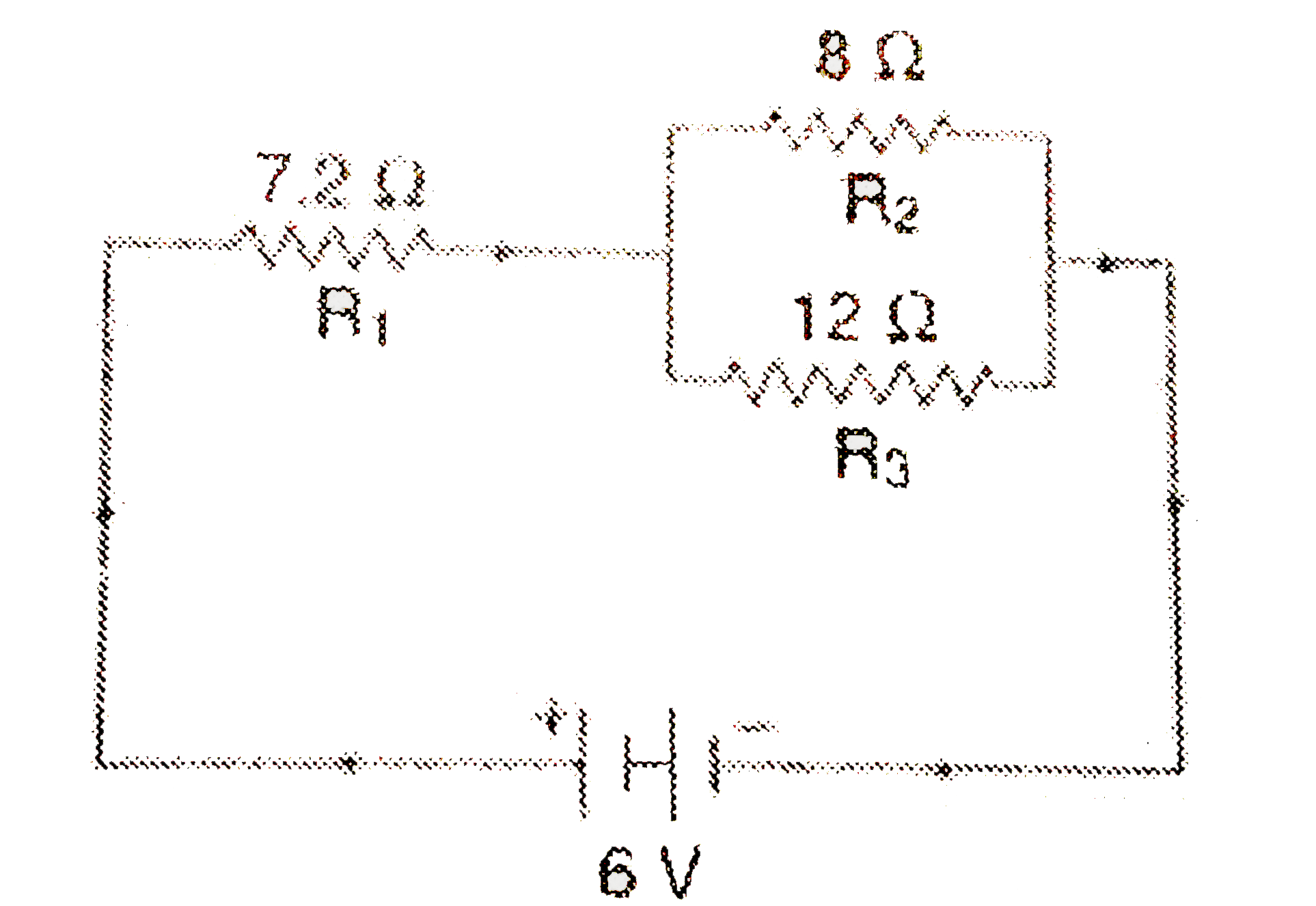Explain with diagrams what is meant by the "series combination" and "parallel combination" of resistances. In which case the resultant resistance is: (i) less, and (ii) more, than either of the individual resistances?
The correct Answer is:(i) Parallel combination (ii) Series combination
Step by step video, text & image solution for Explain with diagrams what is meant by the "series combination" and "parallel combination" of resistances. In which case the resultant resistance is: (i) less, and (ii) more, than either of the individual resistances? by Physics experts to help you in doubts & scoring excellent marks in Class 10 exams.
Updated on:21/07/2023Topper's Solved these Questions
- ELECTRICITY BOOK - LAKHMIR SINGH & MANJIT KAURCHAPTER - ELECTRICITY EXERCISE - Very Short Answer Type Questions
1 Videos
- ELECTRICITY BOOK - LAKHMIR SINGH & MANJIT KAURCHAPTER - ELECTRICITY EXERCISE - Short Answer Type Questions
2 Videos
- ELECTRICITY BOOK - LAKHMIR SINGH & MANJIT KAURCHAPTER - ELECTRICITY EXERCISE - Sample Problem
1 Videos
- MAGNETIC EFFECT OF ELECTRIC CURRENT BOOK - LAKHMIR SINGH & MANJIT KAURCHAPTER - MAGNETIC EFFECT OF ELECTRIC CURRENT EXERCISE - NCERT BOOK
2 Videos
Similar Questions
Knowledge Check
For series combination total resistance R will be:
A1R=1R1+1R2+1R3+....BR=R1R2R3.....CR=1R1+1R2+1R3+.....DR=R1+R2+R3+....The series combination of galvanometer and high resistance is called as
AammeterBpotentiometerCvoltmeterDohmmeterIn the series combination of two or more than two resistances
Athe current through each resistance is sameBthe voltage through each resistance is sameCneither current nor voltage through each resistance is sameDboth current and voltage through each resistance are same
(a) what is meant by series and parallel combination of resistances ?
(b) in which case, series combination or parallel combination, the combined resistance is less than any of the individual resistances ?
(c ) How should two resistance of 2Ω each be connected so as to produce an equivalent resistance of 1Ω ?
In the circuit diagram given here , find:
(i) total resistance of the circuit
(ii) total current flowing in the circuit, and
(iii) the potential difference across R1

View SolutionCalculate the combined resistance in each case:

View SolutionResistance |Series Combination Of Resistance|Parallel Combination Of Resistance|Current Divider Rule|Questions
View SolutionCombination of Resistance |Series and Parallel connection
View SolutionThree resistances, each of 1 ohm , are joined in parallel. Three such combinations are put in series, then the resultant resistance will be
View Solution
